There’s a scene where the Jackal is waiting for a flight at the airport, sees a happy family, showing his vulnerability and guilt for not being there for his own family. Do you ever have those airport moments?
That’s so interesting that you observe that because I do feel that one of the interesting things about playing the Jackal is he’s basically an actor. I’m not calling us assassins, but there are some things in common. He is committed to his work and it takes him all over the world, but he’s also attempting to marry that nomadic life with his family. Airports are strange places filled with emotions and extraordinary for people-watching as well. As an actor, you’re always observing, and you see wonderful synapses and interactions happen in airports that always feel very specific—and also often humans in extremes, whether it’s not having seen people for a long time, or starting new lives or arriving for new beginnings. It’s filled with a lot of sort of transitory places, but filled with depths of human emotion.
So how did you balance family time with starring in and producing this 10-part series?
We had this moment where I was shooting in the middle of Croatia, but far from an airport, and I only had two days off. It was my wife’s birthday, but it was going to take me three hours to drive to an airport to then fly and basically have one morning to then fly back. We worked out that it was going to take me three hours to also drive to Venice. So Hannah brought the children, and we met at Venice airport, and took a water taxi, and stayed in the Aman hotel there, which has always been one of my favorites. When I premiered The Danish Girl, the after-party was at that hotel. It’s on the Grand Canal and is completely breathtaking.
How was it returning there with your children?
I didn’t get to go to Venice until I was much older, and we wondered whether it would be lost on my children, who are six and eight, despite their love of pasta. They’re quite fussy eaters, but pasta is a guarantee. What was incredible was what that city was like for children. We went to the Peggy Guggenheim Collection, which is one of my favorite museums in the world. I gave the kids some paper and pens, and they did some drawings there. But then there was a moment I’ll never forget when Hannah and Iris were looking at these amazing velvet shoes. They were trying to decide, so they spent a while in there, so Luke and I were on a piazza outside. My son’s obsessed with football [soccer]. He found a Pringles can, and he and I played soccer with it on an Italian piazza for about an hour and a half while my wife and daughter were looking at these velvet shoes. Even though it wasn’t so much about the culture, it was getting lost with children in and amongst those tiny alleyways, and finding yourselves among the history and sitting having breakfast overlooking the Grand Canal. They still talk about it a lot.
You have such a passion for places and appreciation with moments. How do you instill that with your kids?
Hannah and I have talked about one of the odd things about my job is that trying to book holidays is hard because you don’t know when you’re going to be free. You live this sort of circus-like existence that’s irritating if you want to go on holidays with friends because you can never commit. But what we tried to lean into for that year was, I’m not sure that I would ever put Budapest, Vienna, or Venice as top of my places to go with kids. And yet, when that’s the only option you’ve got, what’s amazing is what those cities will provide. Our kids were lucky because they’re just old enough to be able to find great joy and curiosity in that.




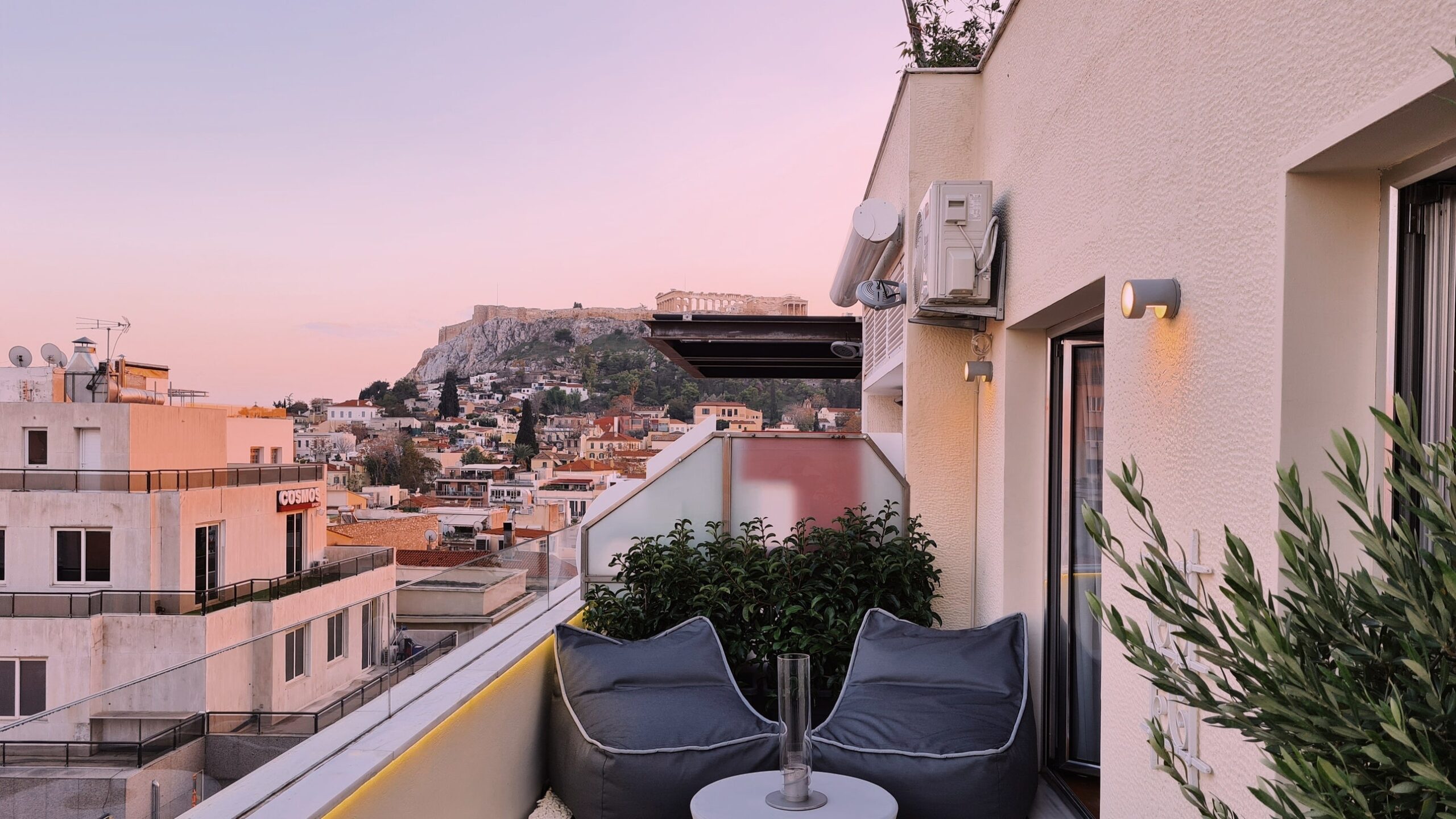
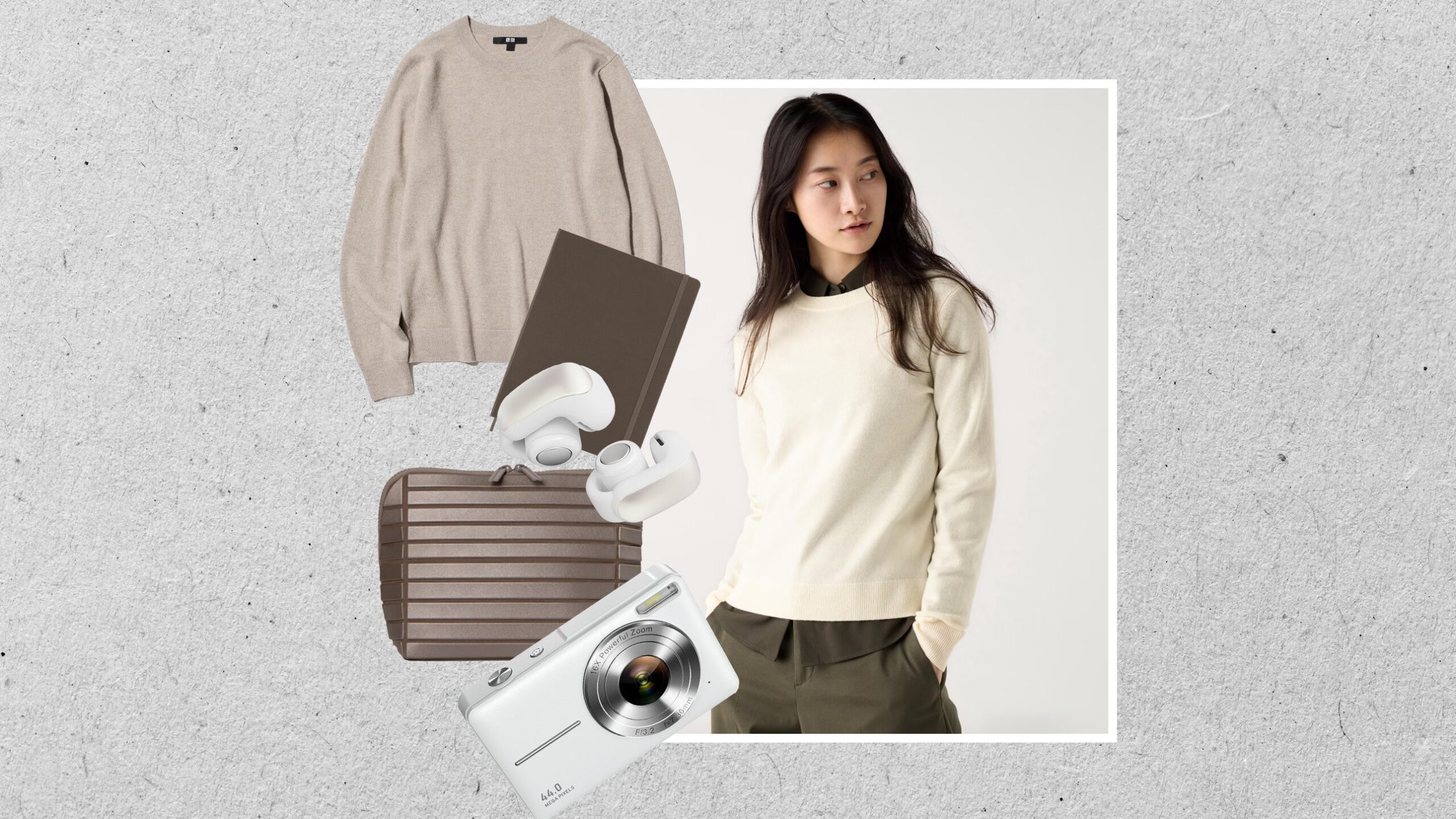
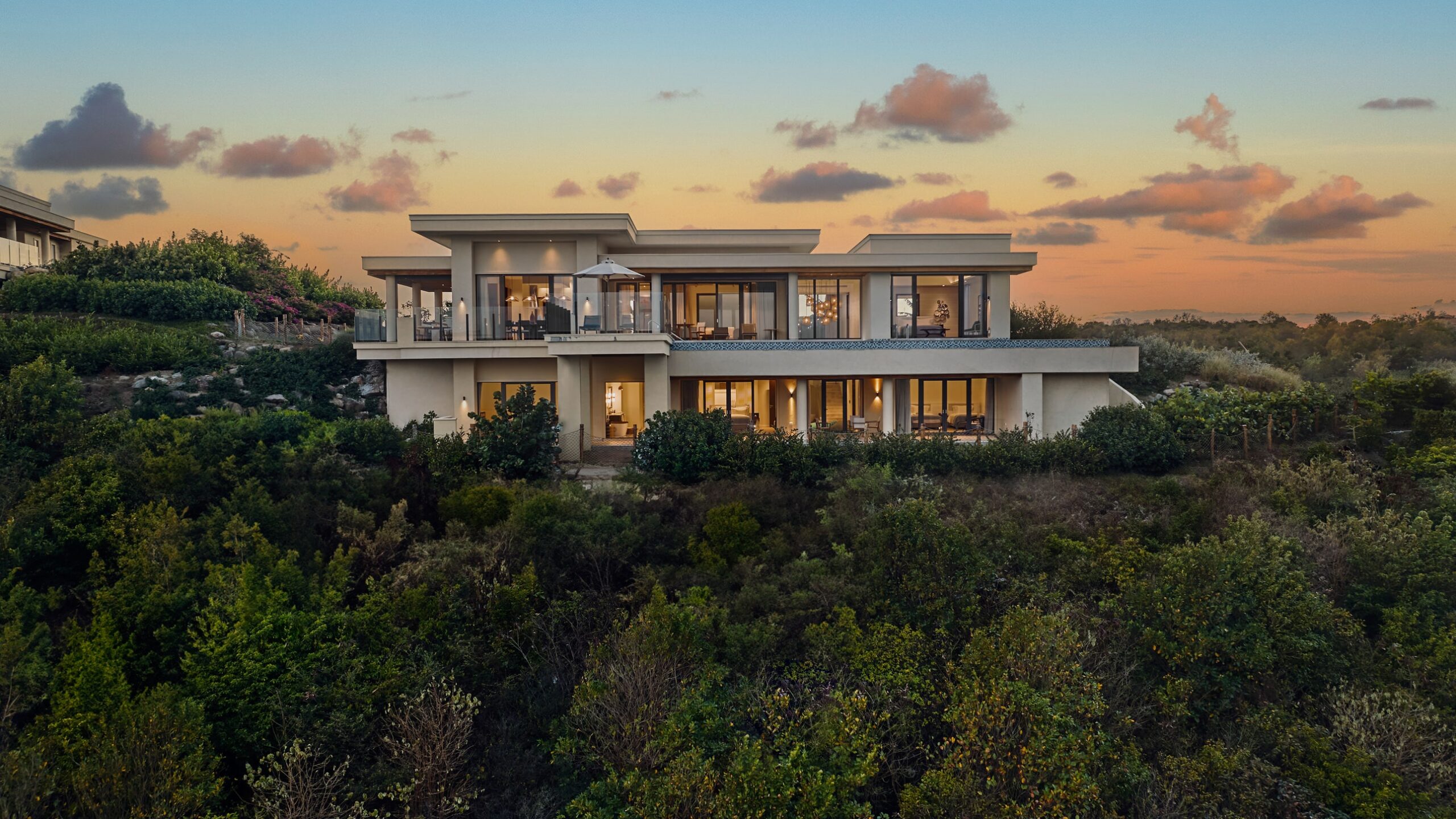




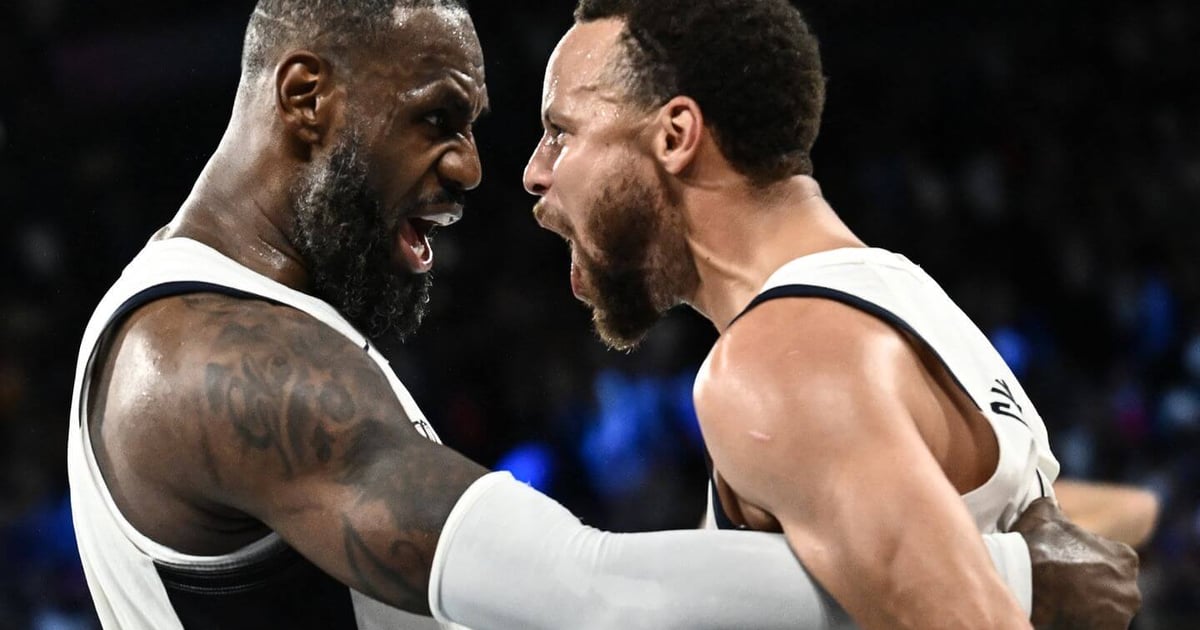

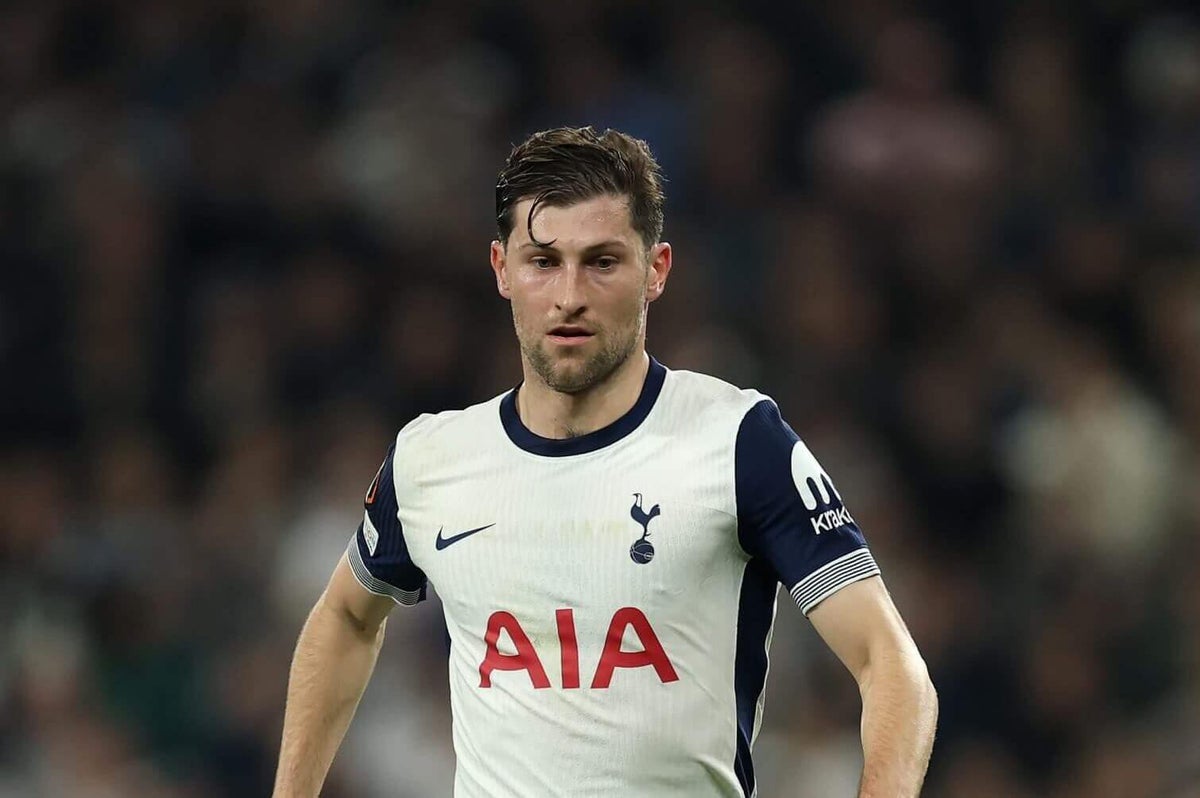

Leave a Reply